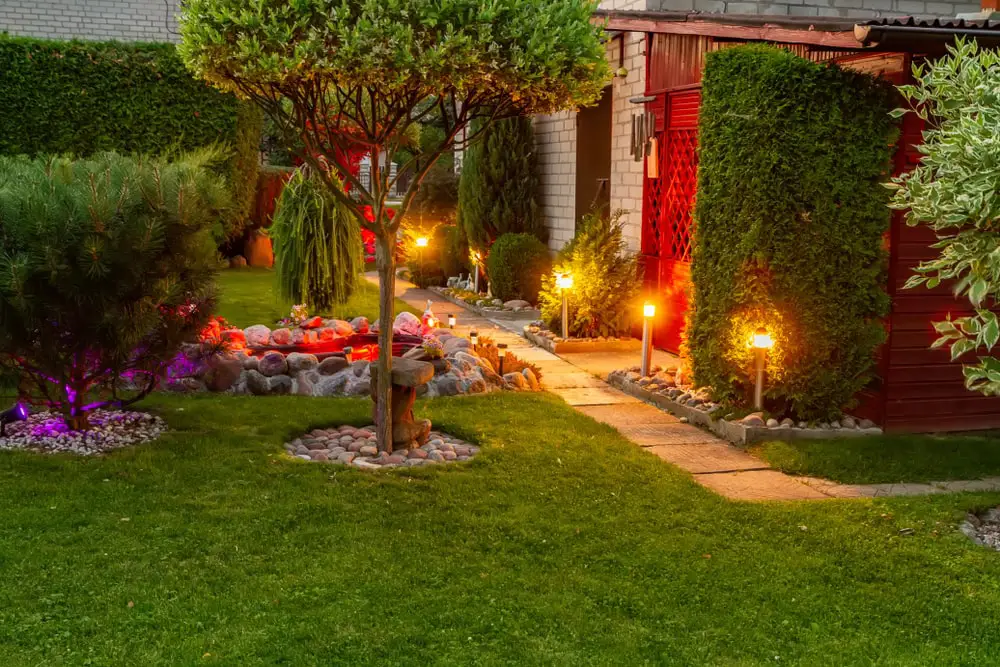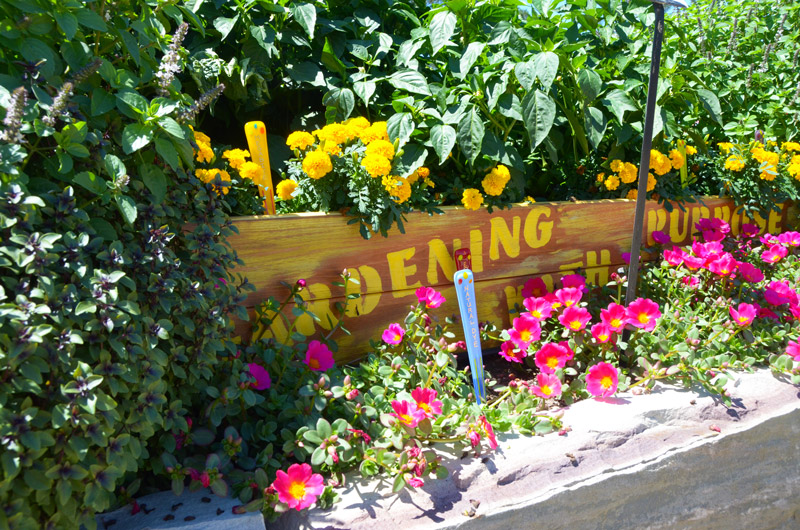Indicators on Hilton Head Landscapes You Should Know
Indicators on Hilton Head Landscapes You Should Know
Blog Article
The 10-Second Trick For Hilton Head Landscapes
Table of ContentsHilton Head Landscapes - TruthsThe Single Strategy To Use For Hilton Head LandscapesMore About Hilton Head LandscapesWhat Does Hilton Head Landscapes Do?Hilton Head Landscapes Fundamentals ExplainedFacts About Hilton Head Landscapes UncoveredRumored Buzz on Hilton Head Landscapes
Line develops all forms and patterns and can be made use of in a variety of means in the landscape. Line in the landscape is created by the side in between two products, the summary or shape of a form, or a long linear feature. Lines are a powerful tool for the developer due to the fact that they can be made use of to create an unlimited variety of forms and types, and they control activity of the eye and the body.
.jpeg)
Lines can have several qualities, such as those explained below, however they usually offer different purposes. Number 1. Lines in the landscape - Landscapers near me. The residential properties of lines figure out how people react to the landscape, both mentally and physically. Straight lines are structural and strong; they develop an official personality, are usually connected with a balanced style, and lead the eye straight to a prime focus.
The Definitive Guide for Hilton Head Landscapes
Straight lines are most typically discovered in hardscape sides and material. Bent lines produce an informal, all-natural, loosened up character that is linked a lot more with nature and unbalanced balance. Rounded lines relocate the eye at a slower pace and include enigma to the area by developing concealed sights. Vertical lines relocate the eye up, making an area really feel larger.
Vertical lines in the landscape consist of tall, narrow plant material, such as trees, or tall structures, such as an arbor or a bird home on a pole. Straight lines move the eye along the ground aircraft and can make a space really feel bigger. Reduced lines are extra restrained and develop a sensation of rest or repose.
More About Hilton Head Landscapes
Reduced lines are produced by reduced garden walls, sidewalks, and brief hedges. Lines are used to draw forms on a strategy. In plan view, they define plant beds and hardscape locations. Lines are likewise created by the upright types of built attributes and plant material. There are 3 main line types that develop form in the landscape: bedlines, hardscape lines, and plant lines.
Bedlines connect plant product to your house and hardscape due to the fact that the eye follows the line, relocating the stare via the landscape. Hardscape lines are created by the side of the hardscape, which marks the built framework. Line can also be created by lengthy and slim products, such as a fence or wall surface.
Everything about Hilton Head Landscapes
Type is located in both hardscape and plants, and it is usually the leading aesthetic component that spatially organizes the landscape and typically establishes the design of the yard. The form of structures, plant beds, and garden accessories additionally determines the total kind motif of the garden. Formal, geometric forms include circles, squares, and polygons.
Plants create form in the garden through their outlines or silhouettes, however type can also be specified by a space or unfavorable area between plants - landscapers hilton head island (https://www.blogtalkradio.com/stevenagonzales). Circles can be cycles, or they can be separated right into half circles or circle sectors and incorporated with lines to produce arcs and tangents
The 25-Second Trick For Hilton Head Landscapes
Circles can likewise be extended into ovals and ellipses for even more variety and passion. Circles are a strong layout type since the eye is always attracted to the facility, which can be utilized to emphasize a prime focus or connect various other kinds. Figure 2. Round types in hardscape and lawn panels.
The square kind can also be fractional and pre-owned continuously to develop a grid pattern. Unlike circles, squares are stronger on the edges, which can be lined up or overlapped to create one-of-a-kind patterns and more complex types.
Twisting lines frequently simulate the all-natural training course of rivers or streams and can be called smooth lines with deeply bent wavinesses. Twisting lines (Number 3) work well for pathways, plant bedlines, and dry stream beds. Meandering lines can add rate of interest and enigma to a yard by leading visitors around edges to uncover new sights and spaces.
Not known Incorrect Statements About Hilton Head Landscapes

Common plant forms are well developed and standardized, as kind is the most regular and identifiable attribute of plants. Kind can additionally be developed with the massing of plants, where the total mass produces a different type than a private plant.
A very contrasting form should be used with careone or 2 work well as a centerpiece, however a lot of wreak havoc. All-natural plant forms, instead of over-trimmed types, must develop the mass of the composition. The importance of total form is much more or less depending on the viewing perspectivethe kind of a tree can appear fairly different to a person standing under the cover versus watching the tree from a distance in an open area.
The Facts About Hilton Head Landscapes Revealed
Plant kinds additionally produce and define deep space or open areas in between the plants, developing either convex or concave forms in the gaps. High-arching tree branches normally create a concave open area under the branches, and a round cover with low branches fills up the space to develop a convex type in the open space under the tree.

Report this page